On the evening of August 28, Sony introduced two APS-C format micro-cameras α6600 and α6600.
As previously predicted, the α6600’s body design is closer to the new generation of α7 series.
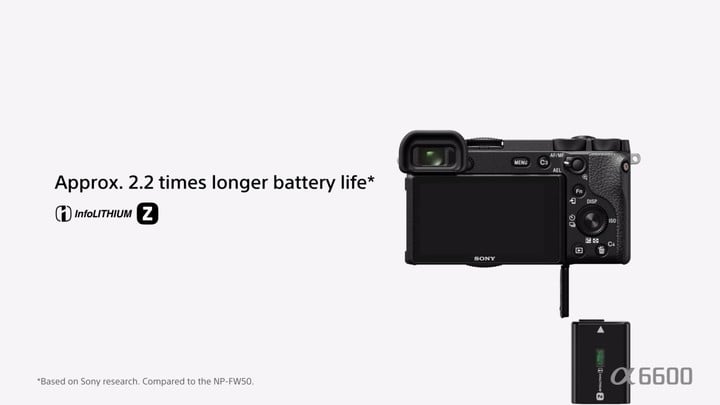
The α6600 has a larger grip handle that provides a more sleek feel to the grip. In addition, the larger handle is also designed to accommodate larger batteries, so the α6600 is also the first in the Sony α6X00 series to feature the NP-FZ100 series battery.
Sony official said at the press conference that after the α6600 was replaced with the NP-FZ100 battery with double the capacity, the battery life could be upgraded by 2.2 times.
Compared with the α6500 and α6400, which are still using the old body of the NP-FW50 battery, the α6600 can directly gain 2.2 times the battery life advantage based on the battery. This is why many Sony micro-single users expect the APS-C series cameras to use the α7 series third-generation and fourth-generation airframes.
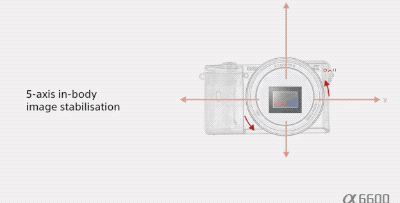
In addition to the endurance advantage, the α6600 is also equipped with Sony’s five-axis anti-shake system.
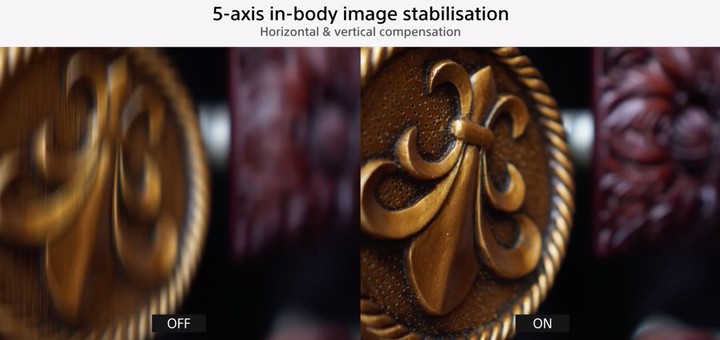

Although it is impossible to achieve stable shooting with this anti-shake in the case of walking. But for general static shooting, the α6600’s five-axis anti-shake structure can improve stability.
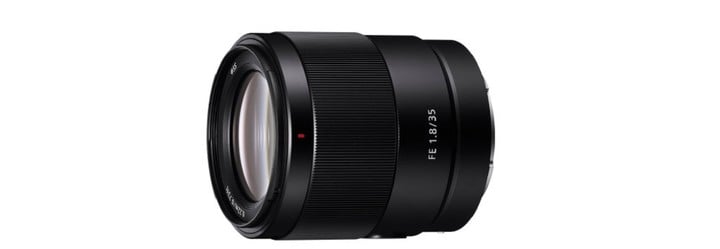
▲ Updated to FE 35mm F1.8 with full frame body without optical anti-shake structure
Moreover, some of Sony’s new E-mount lenses are not equipped with OSS lens anti-shake. In this case, the five-axis anti-shake of the fuselage will become more important.
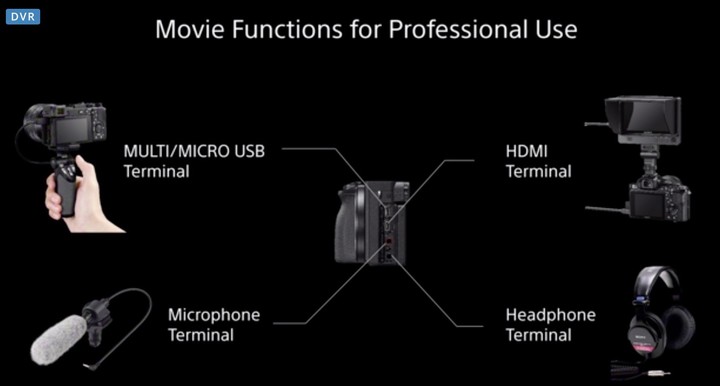
Interface configuration, the α6600 also comes with the commonly used Micro HDMI interface, which is convenient for users to connect to the monitor. The multi-function USB interface next to it is used for charging and external handles. Although Sony did not switch to the USB-C interface on the α6600, the α6600 can still support the edge of the α6R II and α6500 and α6400. The function of the shot.
Multi-function USB and Micro HDMI Below are two 3.5mm connectors, one for the microphone and the other for the monitor to listen toThe recording status when the machine is shooting video. Previously, the 3.5mm interface for monitoring was also exclusive to the α7-series. It is now finally released to the flagship of the α6X00 series, which is good news for those who want to shoot videos with the Sony APS-C micro-single.
Although, Sony is very generous in putting the NP-FZ100 battery and 3.5mm monitor port on the new flagship of the α6600. However, compared with the new generation α7 series, the operation and key configuration are still a little different.
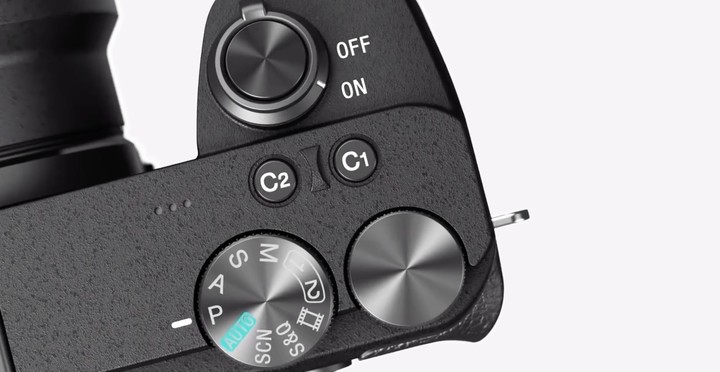
For example, the front handle dial that is common in the α7 system is not added to the α6600. Although Sony has increased the grip handle of the α6600 this time, the button distribution on the handle and the back of the handle continues the design of the α6500. There is no more decentralization for the new body of the α7 series, so there is not much control in the control. Variety.
The α6600, like the 6400, comes with a self-timer flip screen. In this case, the problem of α6400, α6600 will also exist.
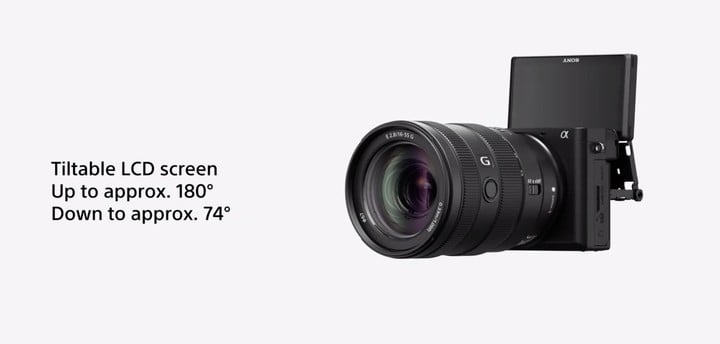
First of all, the viewfinder with the eye mask will block a part of the screen, and it will be a bit embarrassing when you take a selfie. In this regard, the official recommendation is to remove the eye mask of the viewfinder directly, so that there is no blocking problem. However, if there is no eye mask, the experience of the viewfinder will also decline. At this time, the user must also make a choice. This approach also seems to be unpleasant on both sides.
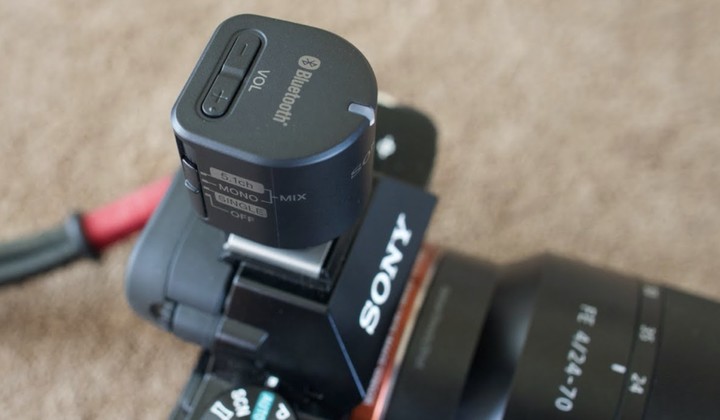
▲ Sony ECM-W1M Wireless Microphone
In addition, if the user connects an external microphone or a fixed microphone through the Mi hot shoe port above the fuselage, the microphone will also block the self-timer framing. Even the smallest ECM-W1M wireless hot shoe microphone will block the center of the screen, and it is very troublesome to take a self-timer Vlogging.
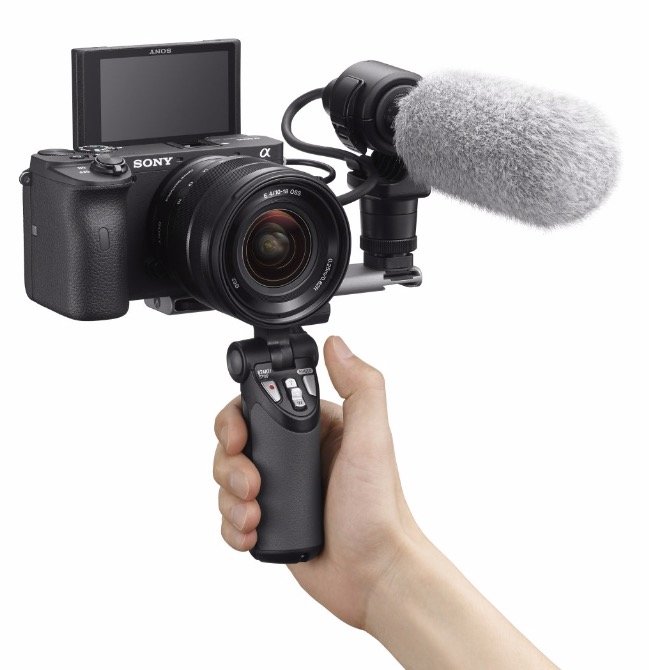
To solve this problem, Sony also introduced a dedicated handle with an extended version. The user can directly place the microphone on the extended version, so that the microphone does not occupy the hot shoe and block the self-timer.
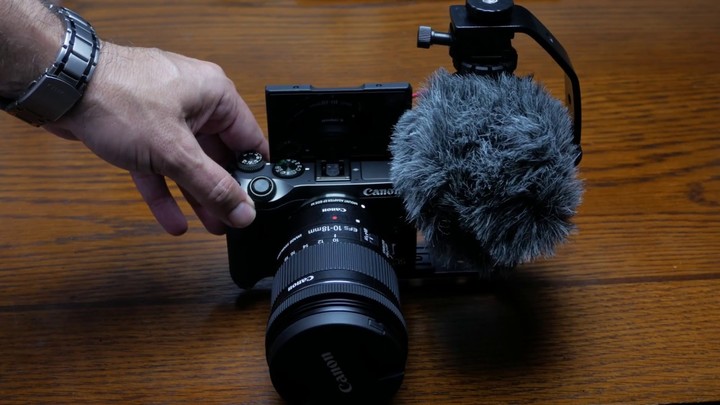
▲ EOS M6 + RODE VIDEOMICRO. Image from: YouTuber Photo Gear Fun< /a>
However, Rode, a microphone manufacturer, already has a microphone that can be hung directly on the side of the fuselage. Small microphones like Videomicro can also be attached directly to the side of the camera. If Sony has such a design, it is estimated to be easier than it is now.
And now this program gives people a feeling that “Sony is forcibly selling handles.”
Configuration, the α6600 is still equipped with our most familiar 24.2 megapixel APS-C format CMOS, with Sony’s latest generation BIONZ X image processor and front-end LSI that is the same as Sony’s full-frame format such as α7 series and α9. For video recording specifications, the α6600 supports 4K video capture, as well as HLG and S-Log2, S-Log3 and other shooting modes, providing high dynamic range shooting support for professional users with high demand.
Performance is the focus of the APS-C flagship, and the α6600 is no exception.
The α6600 is equipped with a 4D focusing system with 425 phase detection AF points and 425 contrast detection AF points, covering approximately 84% of the viewing range, and the fastest possible implementation.0.02 second autofocus.
![]()
▲ α6600 Real-Time Tracking Focus

▲ Real-Time Eye AF Eye Focus
In addition, the α6600 also supports two focus modes: Real-Time Tracking and Real-Time Eye AF. Real-Time Eye AF also supports animal eye capture and can also be used in video to improve the reliability of video capture.
This feature, in fact, Sony has taken the lead in the α7R IV, this integration into the α6600 is also expected. However, Sony did not invest in digital audio on the α6600. As a flagship camera, the investment in the α6600 does not seem to be enough.



Sample performance, the α6600 is also able to maintain the usual level. In order to match the α6600, Sony also introduced two APS-C high-end lenses, including E 16-55mm F2.8 G (SEL1655G) and E 70-350 F4.5-6.3 OSS G (SEL70350G).

The SEL1655G is positioned like the SAL1650 of the previous A-mount, and is an APS-C standard lens with a constant aperture of F2.8. In the past, Sony only had SEL1670Z and SELP18105 two F4 constant aperture lenses. If it is equivalent to the “24-70mm” common focal length, then only the SELP1650 one-piece head, there are not many choices left for professional photographers.
Now, Sony is finally able to launch a standard zoom lens with a F2.8 constant aperture on the APS-C format camp, which is also very attractive for users who want to play APS-C format.
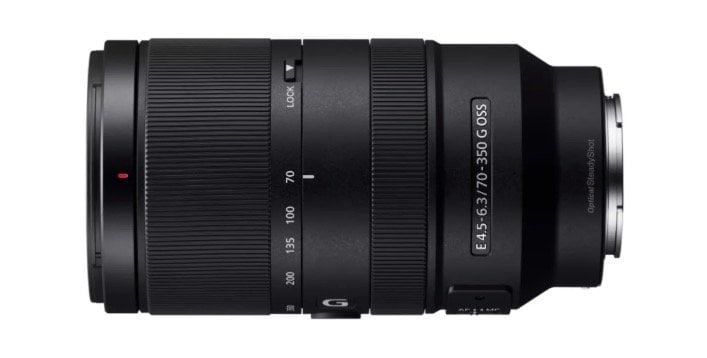
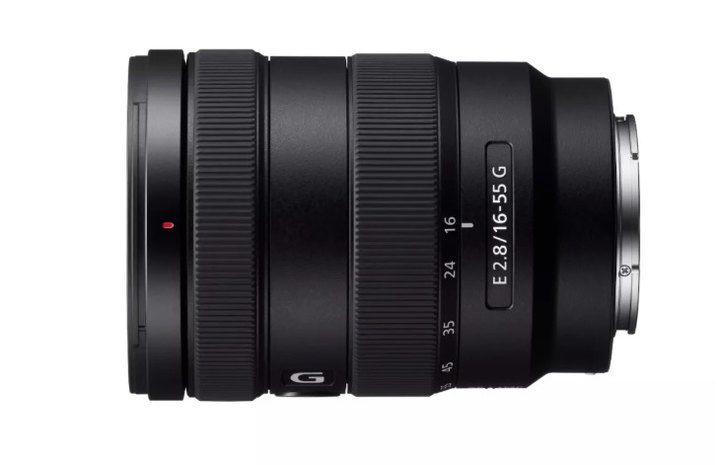
Configuration, the SEL1655G uses the same XD linear motor as the GM lens in the same way as the newly released SEL70350G. It is compatible with the Real Time Tracking function for quick focus.
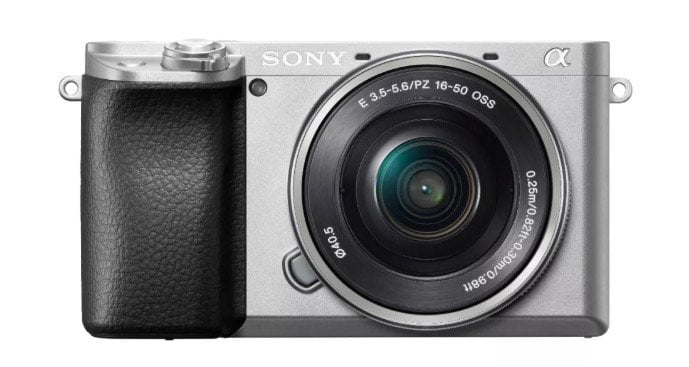

In addition to the two high-end APS-C lenses, Sony also released the new entry-level camera α6100.
The α6100 comes with the same self-timer flip screen design, while retaining the electronic viewfinder. The body is also equipped with 425 phase detection AF points and 425 contrast detection AF points for the 4D focus system, covering approximately 84% of the viewing range. The difference is that the α6100 does not support high dynamic range shooting modes such as HLG and S-Log.

From this digital naming, the α6100 replaces the α6000 and α6300, making it a new generation of entry-level APS-C micro-single. The α6600 replaces the α6500 and becomes the E-port new generation APS-C flagship camera.
These two new models, combined with the previously released α6400, form the new generation of the α6X00 series from Sony. All three new models have a 3.5mm interface that supports the self-timer flip screen and an external microphone, as well as Sony’s latest Real-Time Tracking and Real-Time Eye AF focus control technology.
This combination of technologies can meet the static shooting needs of entry usersAsk, also meet the needs of Vlogger. For Sony, the new generation α6X00 series will undoubtedly have stronger market adaptability, and product line updates are inevitable.
Just, for professional users, the α6600 still lacks some “flagship” flavor. As we mentioned in our predictions, the α6600 is not quite like the flagship upgrade of the α6X00, but rather the integration of the α6400 and α6500. Sony is willing to invest in the NP-FZ new battery and 3.5mm monitor port here, but for the flagship positioning of the α6600, only these small surprises are not enough.
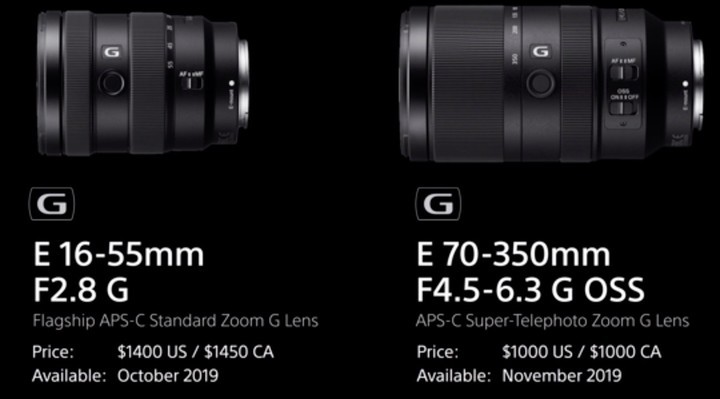
Pricing:
- α6600 single body price is 1398 US dollars, equivalent to about 10011 yuan RMB
- Α6100 single body price is 748 US dollars, equivalent to about 5356 yuan
- The SEL1655G lens is priced at $1,400, equivalent to about $10025.
- The SEL70350G lens is priced at US$1,000, equivalent to approximately RMB7,161.
According to the past rules, Sony’s pricing in China will also be different from foreign prices. Before the α7R IV’s national bank pricing is higher than the US price, and Sony’s previous pricing strategy is not the same.
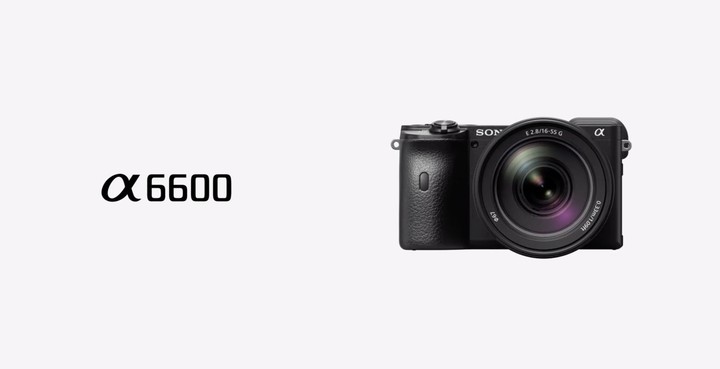
If Sony also sets the price of the α6600 to the same RMB 9799 as the α6500, it is still reasonable.